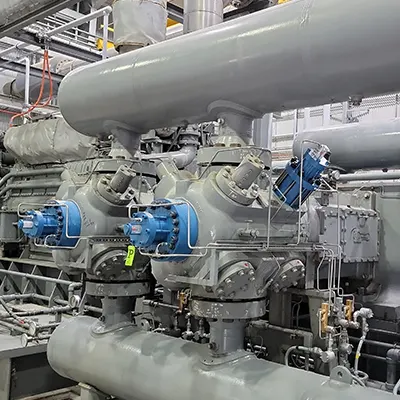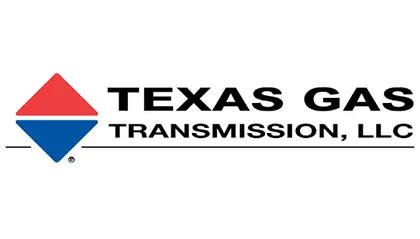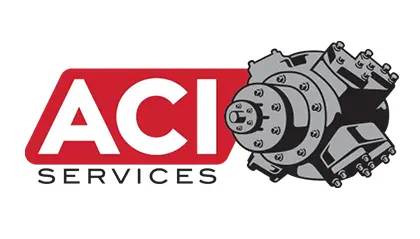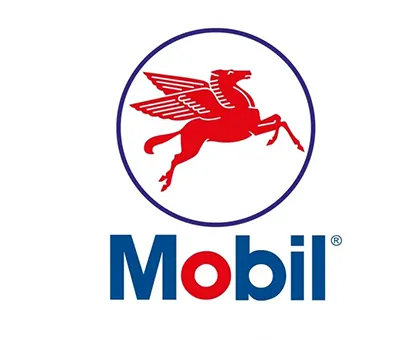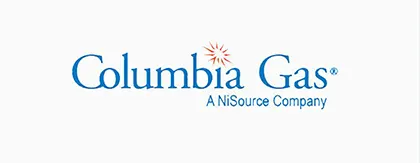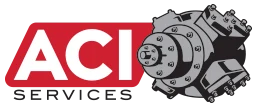Issue
Compressor does not meet daily flow objectives. There is a need to increase or decrease the flow control and output of the compressor.
ACI Expert Advice
 While some compressors work to compress as much gas as possible all day long, others are in operations to meet flow objectives, such as compressors used in process, gas boosting, pipelines, injection/withdrawal, etc.
While some compressors work to compress as much gas as possible all day long, others are in operations to meet flow objectives, such as compressors used in process, gas boosting, pipelines, injection/withdrawal, etc.- For these compressors, being able to reconfigure the compressor so that it meets daily flow objectives is critical.
- Speed is a great method for controlling flow, and speed is a viable option. However, different speeds can lead to acoustic, vibration, and torsional concerns. Moreover, lowering speed derates the unit’s available power. In general, Automation and Control tend to use speed as a “fine tuning” of flow once larger discreate steps are engaged. And they tend to keep the unit running near its rated speed.
- Pinching suction pressure is another method for controlling flow. Reducing suction pressure always reduces flow; however, half the time it reduce power and the half the time it increase power. As such, it is better used to control inlet pressure rather than controlling flow. Finally, this option always wastes energy.
- Recycling discharge pressure back to the suction line is another method for controlling flow. Unfortunately, if this results in reducing discharge pressure, this action will actually increase the unit’s effective flow rate, and thus even more recycling is needed! As such, it is usually only used as a last resort for major upsets. Finally, this option always wastes energy.
- The most common devices installed on a reciprocating compressor for controlling flow are clearance pockets, end deactivators, and timed-valve closing devices. Clearance pockets and end deactivators are simple, easy maintenance devices that offer discrete steps of unloading and most often are only required on some of the first stage cylinders. Timed-valve closing devices are complex, typically are required over all suction valves (all cylinders ends) and offer smooth, stepless unloading.
- Clearance devices are the most efficient device for unloading a reciprocating compressor. They are effective from moderately low compression ratios to moderately high compression ratios.
 Pocket sizes are designed so that the various load step create by using them are on average about 5% (of rated power) apart from one another.
Pocket sizes are designed so that the various load step create by using them are on average about 5% (of rated power) apart from one another.- Clearance pockets are generally not very effective for very low compression ratios (pocket volumes would have to be very large), and clearance pockets are generally not very effective for very high compression ratios (pocket volumes would have to be very small).
- Fixed-volume clearance pockets can be designed for cylinder front heads (primary choice), and over both suction and discharge valves (secondary choice) – valve cap pockets (which can fit both head end and crank end valves). Some older cylinders have built-in body pockets.
 Valve cap pockets do extrude over the valve caps, and thus consideration needs to be taken into consideration to make sure that they do not extrude so far as to create installation/removal issues.
Valve cap pockets do extrude over the valve caps, and thus consideration needs to be taken into consideration to make sure that they do not extrude so far as to create installation/removal issues.- Variable-volume clearance pockets are designed for the cylinder’s front head. These are vary useful with higher compression ratios to help prevent Low Volumetric Efficiencies occurring on specific cylinders. However, they also tend to be a bit more costly.
- Pockets should be the first choice when unloading a compressor, and sized to about a 5% load change on average.
- While clearance pockets and end deactivators both offer steps of unloading, end deactivators typically offer much larger steps of unloading. When end deactivation is needed, it is usually best to incorporate clearance pockets (smaller discrete steps of unloading) and end deactivation (larger discrete steps of unloading) into a unit’s unloading sequence.
- End deactivation is useful for low ratio, moderate ratio, and even high ratio compression.
- All end deactivators incur some level of inefficiency into the unloading sequence. Thus, ACI offers multiple types so that the best solution can be determined based on your compression goals.
- End deactivation can be a significant contributor for certain types of acoustic issues. Thus, after an acoustic study is performed, restrictive orifice plates are often required to prevent issues. These will lead to lower flow rates and even to potentially higher power requirements. Thus, most users try to only use clearance-based devices for unloading. However, that is not always possible.
- In general, most users avoid deactivating Crank Ends (inboard end) as rod load and/or pin non-reversal issues are more likely to occur.
- Only in rare cases is an entire cylinder deactivated. Thus, end deactivators are usually only applied to a cylinder’s Head End (outboard end).
- End deactivation is more likely to create torsional concerns for the unit than other unloading methods. Thus, make sure a full torsional study is performed.
- In general, only first stage cylinder ends tend to be deactivated, but at times, deactivation of second stage cylinder ends can be useful.
- ACI supports plug-type end deactivators over suction valves (poppet, plate, radial), and via front head bypass methods.


- Timed-valve closing devices and variable stroke frames are two additional options for unloading reciprocating compressor. However, these systems typically are installed at the time of unit purchase and thus are not common options for reconfiguring a unit that is already in service.
